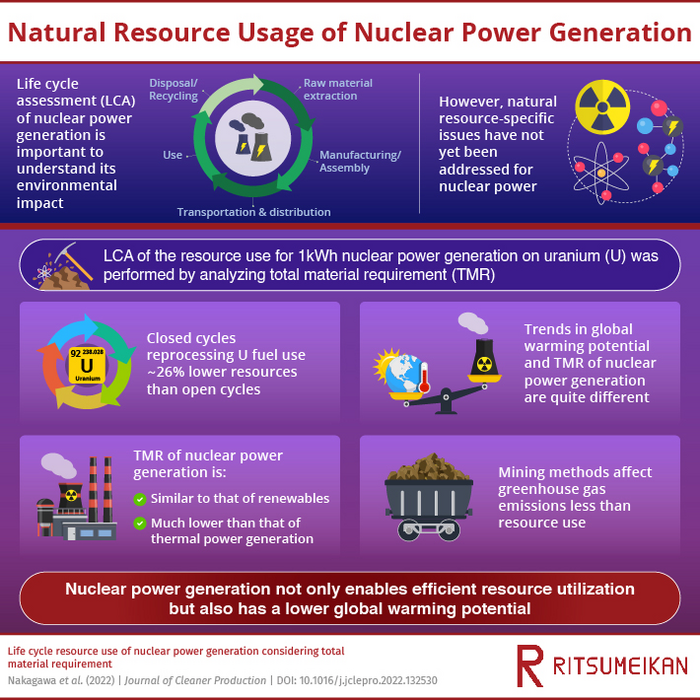Energy
Monday, August 8th, 2022 12:50 pm EDT

The Inflation Reduction Act will provide a $7,500 point of purchase rebate for qualifying electric cars and trucks for the next 10 years. That’s wonderful news, right? Maybe. A lot of Americans depend on the auto industry. Suppliers and assembly line workers, truckers and railroads, sales staff, banks and credit unions, advertisers, and a host of other people make their living from it in one way or another.
We at CleanTechinica have been covering the EV revolution closely for more than 10 years. We are naturally delighted that in some small way our advocacy may have helped to break down the barriers to electric vehicle adoption, and yet there is a small voice somewhere far back in our brains that keeps asking an annoying question. Do we really need all these new cars?
Aren’t our cities and highways crowded enough? Are there alternatives to riding around in two and a half ton steel and glass cocoons that offer us instantaneous connectivity to our favorite games, movies, TV shows, and social media feeds? Is it possible that the mania for private automobiles is unhealthy for us as individuals and for our planet? Wouldn’t our cities be better places to live if all those parking lots and on street parking places were converted into bicycle paths, flower gardens, outdoor dining spots, or playgrounds?
Robert Moses is credited with making New York utterly dependent on cars. General Motors supposedly bought up the street car lines in Los Angeles and shut them down so they could sell more cars. Joni Mitchell sang about our unquenchable desire to “pave paradise and put up a parking lot.”
There Are Alternatives To Cars
StreetsBlog, which focuses on forms of transportation other than private automobiles and trucks, points out that while the IRA provides billions in incentives for electric vehicles, it does nothing for alternative forms of transportation like bicycles, scooters, and good old fashioned walking.
It goes on to say it is mathematically impossible for America’s transportation sector to meet its climate targets through vehicle electrification alone, even if the United States is able to reach its goal of selling 40% battery powered new vehicles by 2050.
That’s because Americans already drive so much, and drive such big vehicles, that the monster gasoline-powered cars left on the road would cancel out much of the EV fleet’s emissions reductions. Even if Americans drove 20% fewer miles than they do now, the sector would still fall short. Radically reducing US reliance on automobiles, by contrast, not only stands a far better chance of averting climate disaster, but would also help reduce US dependence on all foreign energy sources, whether they’re green or not.
That’s because many active modes, like biking and walking, don’t necessarily require a battery at all, and even the ones that do, like e-bikes and power wheelchairs, require a tiny fraction of the components and materials necessary to power a single electric car. A green automotive battery typically weighs about 1,000 pounds, with monster trucks like the Hummer EV toting batteries that weigh nearly 3,000 pounds — more than a Honda Civic. By contrast an electric bike battery weighs about 8 pounds. Both vehicles are typically used to transport a single passenger.
StreetsBlog adds, “Cars need roads to drive on. This much is obvious. But what’s less obvious is the extent to which roads (and cars) dictate how our built environment is constructed. In short, we’ve created a world that’s built around cars first, with people, the environment, natural wildlife, the atmosphere, and practically everything else second.
“In deciding to build for cars first, we’ve forfeited much of our urban areas to them. Through streets, interchanges, parking lots, and other infrastructure. It’s not uncommon for American cities to allocate 50 percent or more of their downtown area to cars. That’s land that could otherwise be housing, parks, cultural venues, or practically anything else but car space.”
Cars & The Suburban Effect
In the suburban areas that developed following the passage of the Federal Aid Highway Act of 1956, communities were built entirely around the car. Part of the reason was to attract as much federal funding as possible, as entire neighborhoods were subsidized through the construction of single family homes by the FHA. But a significant reason developers built so many car-dependent communities was that they conveyed a powerful status symbol for those who lived there. They represented the fulfillment of the American Dream. This subsidized entitlement to land facilitated by private vehicles has become ingrained in our national ethos.
This is a self-reinforcing system, StreetsBlog claims. If you live 45 minutes away from a city and there isn’t any public transport close by, there’s no choice but to drive everywhere. Housing markets respond by building more car-dependent patterns, bolstered by regulations and the perceived demand of driving, which is in actuality only a means of last resort. Nearly a third of all trips in America are a mile or less — well within walking of biking distance. But because of our development patterns, these trips must be made by car. It isn’t possible to move any other way practicably or safely.
Senator Joe Manchin, who orchestrated the Buy America provisions in the Inflation Reduction Act, argues that America shouldn’t be “building a transportation mode on the backs of foreign supply chains.” The best way to do that — and to save the planet — says Streetsblog, is to build a transportation system that isn’t dependent on people driving everywhere by private cars.
The Takeaway
Here’s a thought. We can’t “produce” our way out of the climate crisis. There are too many people, too many roads, too many cars and trucks, too many airplanes, and too many drafty old buildings that need heating and cooling. As Paul Simon once sang, “The planet groans every time it registers another birth.”
We will need to adjust our thinking in a variety of areas, one of them being that everything will be hunky dory if we all start driving electric cars that run on electricity from renewable sources like wind, solar, or moonbeams. That’s a beautiful fiction that could well be the death of us.
Everyone is atwitter about the shortage of battery materials and yet we want bigger, bulkier electric vehicles that need more of those scarce materials. Perhaps we should adjust our focus to concentrate less on private cars and more on pedestrian and bicycle paths. Norway has invested a billion dollars in high tech bicycle superhighways that its people can use to get from their homes to the cities and back. If a Nordic country can do that, surely America and other nations could do so as well?
The secret is changing our thinking from a paradigm that presumes we must all use private vehicles all the time to one that prioritizes other forms of transportation. If we adhere stubbornly to our vision of relying of private cars and trucks, we will likely miss most of our carbon reduction goals, with disastrous consequences.
[embedded content]
Appreciate CleanTechnica’s originality and cleantech news coverage? Consider becoming a CleanTechnica Member, Supporter, Technician, or Ambassador — or a patron on Patreon.
Don’t want to miss a cleantech story? Sign up for daily news updates from CleanTechnica on email. Or follow us on Google News!
Have a tip for CleanTechnica, want to advertise, or want to suggest a guest for our CleanTech Talk podcast? Contact us here.
Advertisement
This post has been syndicated from a third-party source. View the original article here.




